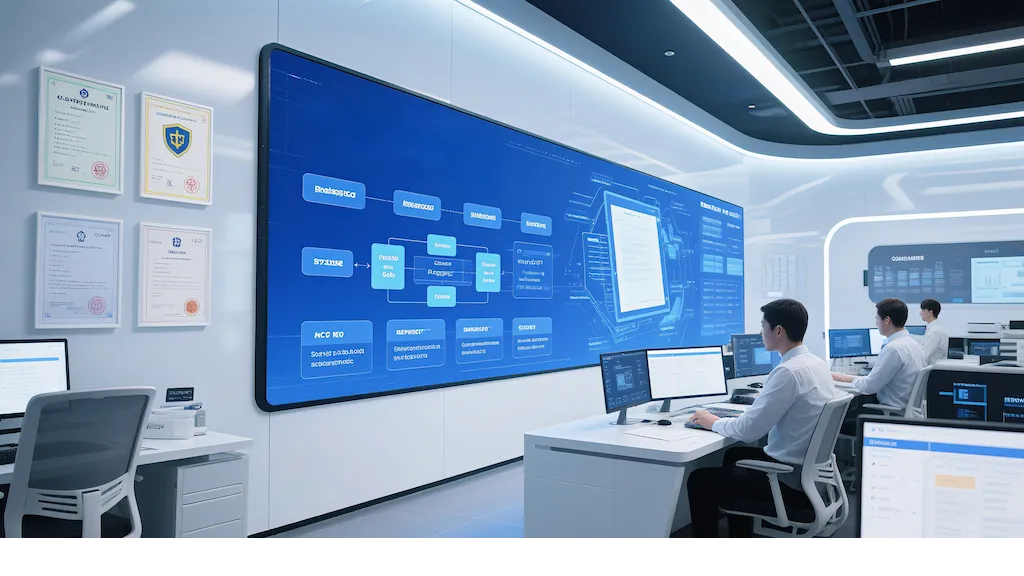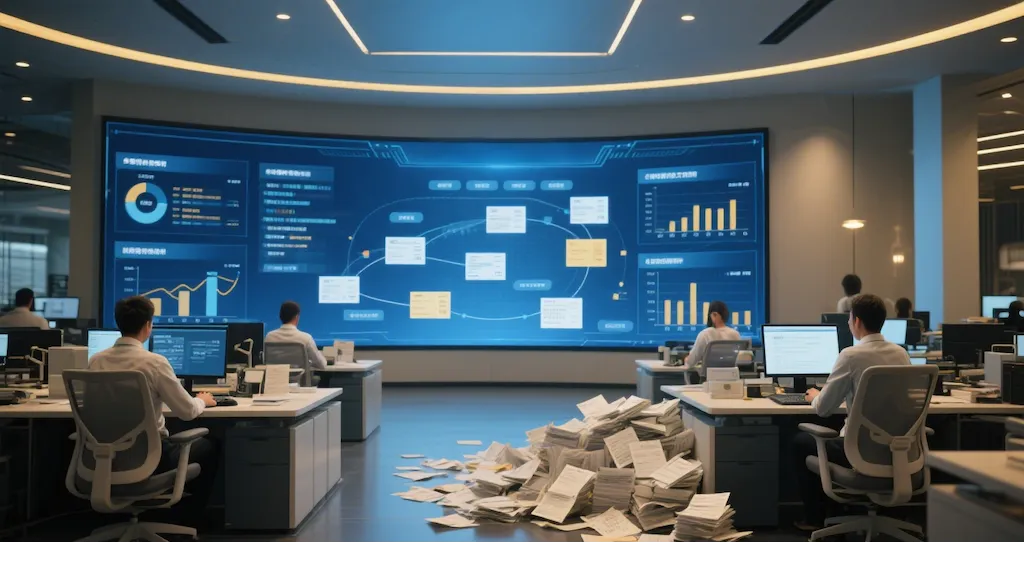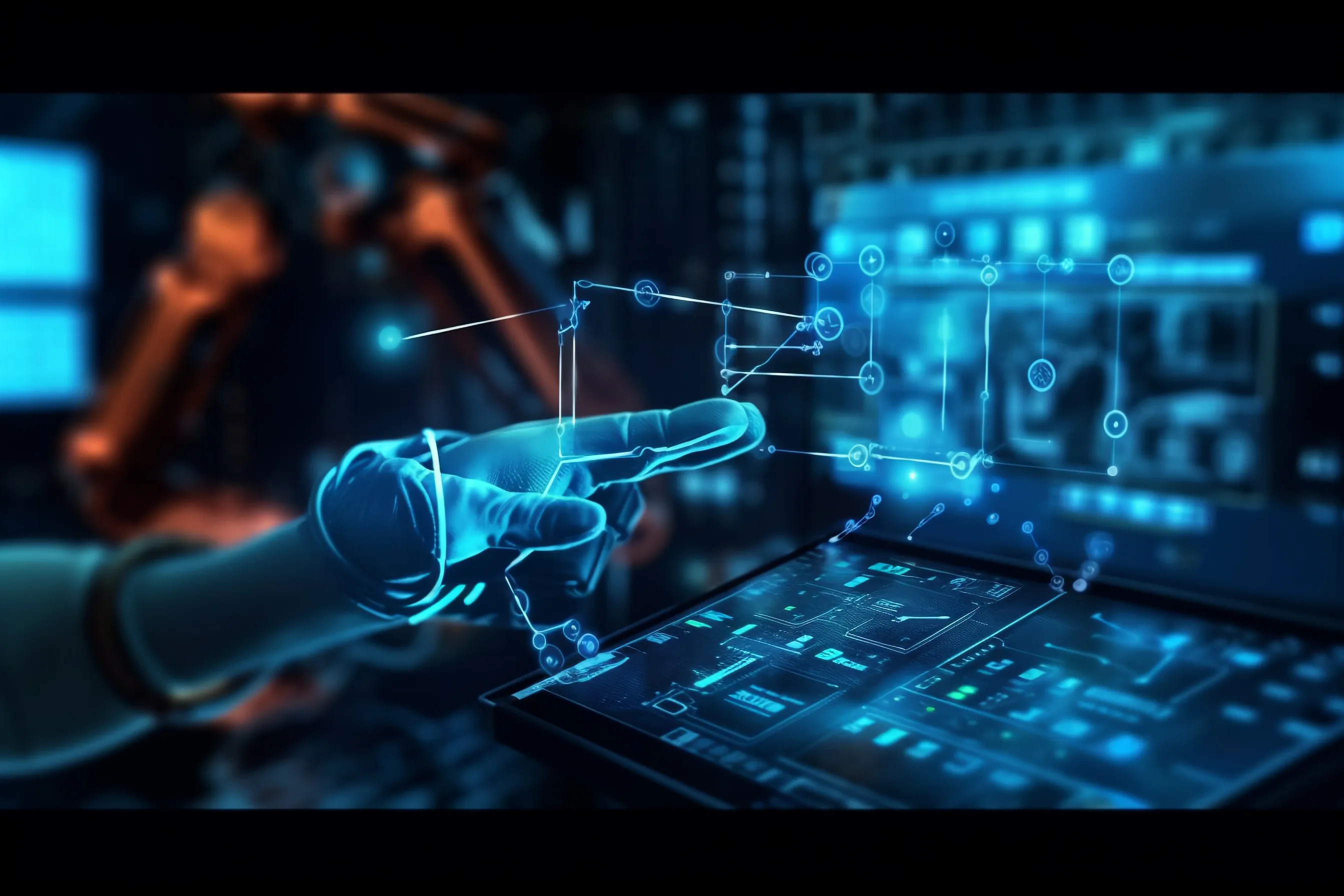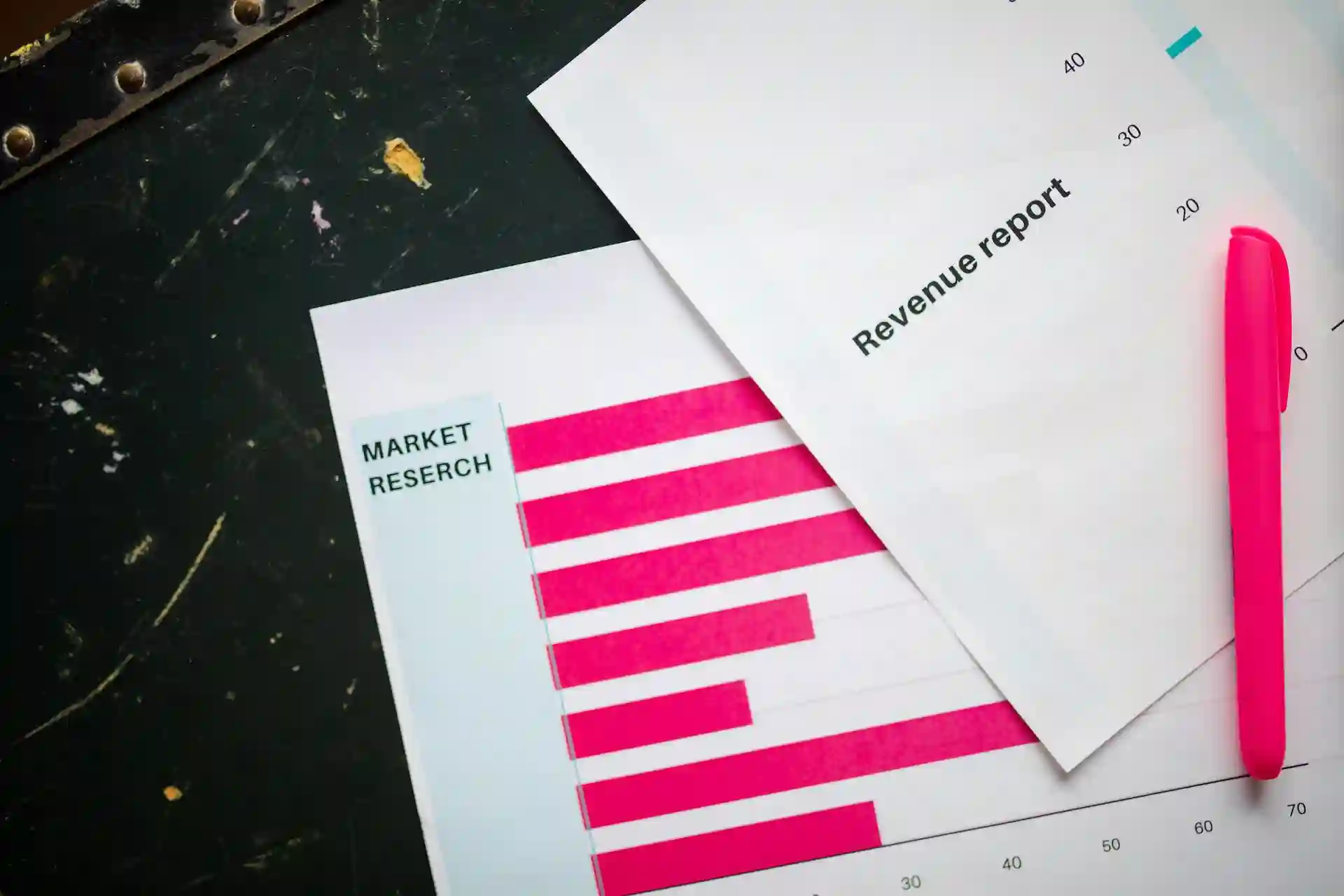
Monitor and manage data assets and processes
Allocate tasks to automation workers and monitor them. Also, it feeds processes with data, credentials, files provided by process owners.

Monitor and manage data assets and processes
Allocate tasks to automation workers and monitor them. Also, it feeds processes with data, credentials, files provided by process owners.

What is Robotic Process Automation (RPA)?
✓ Understand instructions better through natural language
✓ Make decisions with AI insights based on collective data
✓ Organize and execute tasks securely with more precision

What is Intelligent Document Processing (IDP)?
Nowadays, IDP can draw conclusions or make predictions based on data from paper or electronic documents, which means you can form business insights by yourself.
Six Core Capabilities of IDP

Core advantages
- Leading performance
Laiye IDP is powered by semantic understanding via LLMs and our unique OCR technology. Accuracy is ensured even in complex scenarios. - Enterprise-grade security
Certified by international standards such as ISO/IEC 27001. Reliability and data security is over 99.9%. - Trustworthy intelligence
Process documents with human feedback. Improve capability through self-learning and upgrades. - Open integration
Integrated with RPA and connected to open API and MCP, Laiye IDP can handle documents on various systems and applications.

Automation Commander
Build end-to-end automation with AI-powered low-code tool
Orchestrate and monitor automation components to strengthen governance
Record all process data in logs and assign roles to the right people, ensuring automation remains compliant and fully auditable.
Manage data assets securely and conveniently throughout the automation process with access controls and encryption.
Difference between types
floating authorization
binding machine
foating authorization
Difference between community and enterpise versions
Paradigm Shift in RPA Development
.png)
Unified platform for managing workflows or data
Manage workflows, robots, data, and tasks from one standardized platform. Assign workflows to specific departments or individuals for controlled access. Multiple workflows can be maintained to match business needs with centralized deployment. Define custom settings to control execution, and easily access logs to trace and troubleshoot operations.
.png)
Create and orchestrate tasks
Create multiple tasks in one click. The system assigns them to available robots based on priority, ensuring urgent work is completed first. Tasks can be reassigned as needed with fast responses to business exceptions. Real-time monitoring and detailed logs make performance visible.

Role-based permission control
Manage permissions for workflows, bots, data, credentials, files, and tasks. Users are grouped by role, with access limited to relevant functions. Business data permissions can be tailored to responsibilities to protect privacy and enable specialization. Prebuilt business roles simplify setup and reduce configuration effort.
Differences between SaaS Version & On-premise Version
Differences among different types
Differences between community & enterprise versions
Differences between community version & enterprise version

RPA in the future
RPA remains essential for digital transformation.
Simplify automation: Low-code platforms let anyone build robots.
Wide compliance: Runs on old systems without costly transfering.
Handles complex tasks: Manages tasks across multiple apps.
Self learning: Cloud and API integration enhance automation.
Build digital worker: Advanced AI agents are deployed on your system to be utilized in any business scenarios.
Agent marketplace: With a user-friendly interfacing, anyone can run automation directly on MCP-supported systems.
Cognitive Automation: Simply tell the agents your needs, and they will reason and follow the steps.
Empower employees: free employees from repetitive tasks and work on productive jobs.
Human-AI collaboration: chat with agents to push actions. Auto-alerts are triggered when problems appear.
Developing skills: learn and build automation workflows without coding knowledge. Draw and share experience in our developers community.

RPA Center of Excellence
The RPA CoE (center of excellence) is a team that:
✓Shares the best ways to use automation across departments
✓Makes sure the data can be utilized on all systems
✓Automates workflows for the enterprise
For businesses, CoE makes decisions faster, gets more value from data base and significantly cuts costs.
For employees, they can learn automation skills, spend less time on busywork and focus on creative thinking.

IDP in the future
LLM-driven IDP can understand sentences and further do analysis. For instance, IDP can evaluate clause that may impact your business and simulate costs of every step. Based on actionable suggestions, decision-making is no longer an issue.
To accelerate document processing, we let specific models work together. The workflow is like a pipeline; text, images, tables, etc. are analyzed and become your own database to generate AI business insights.
Connect your CRM system with Laiye IDP to get structured data resources for utilization. Built your chain of value, from database to business insights.





